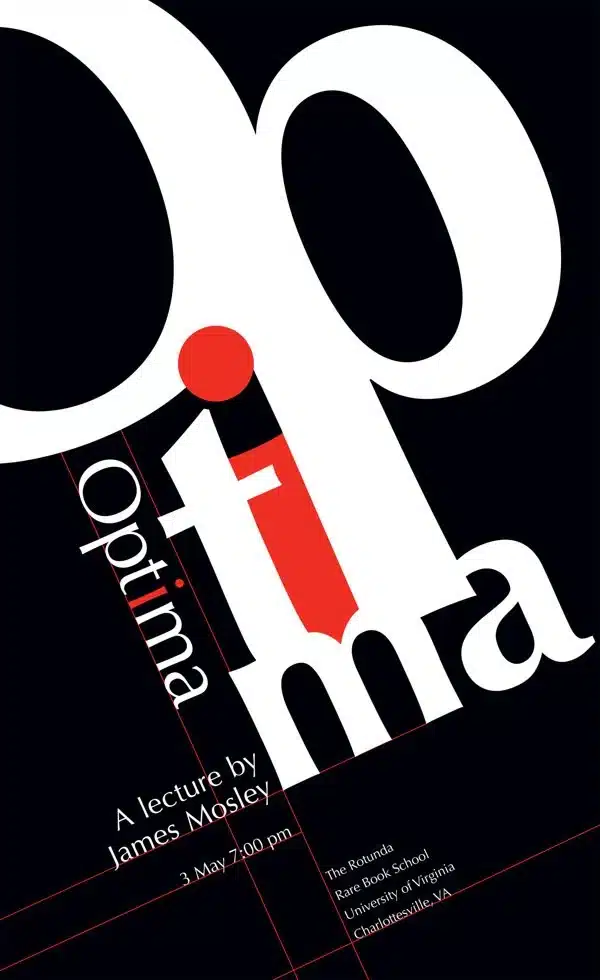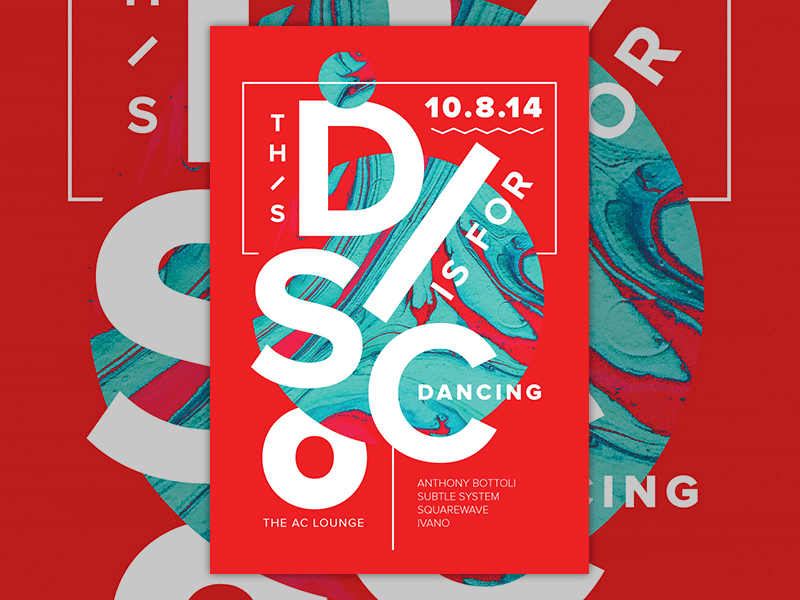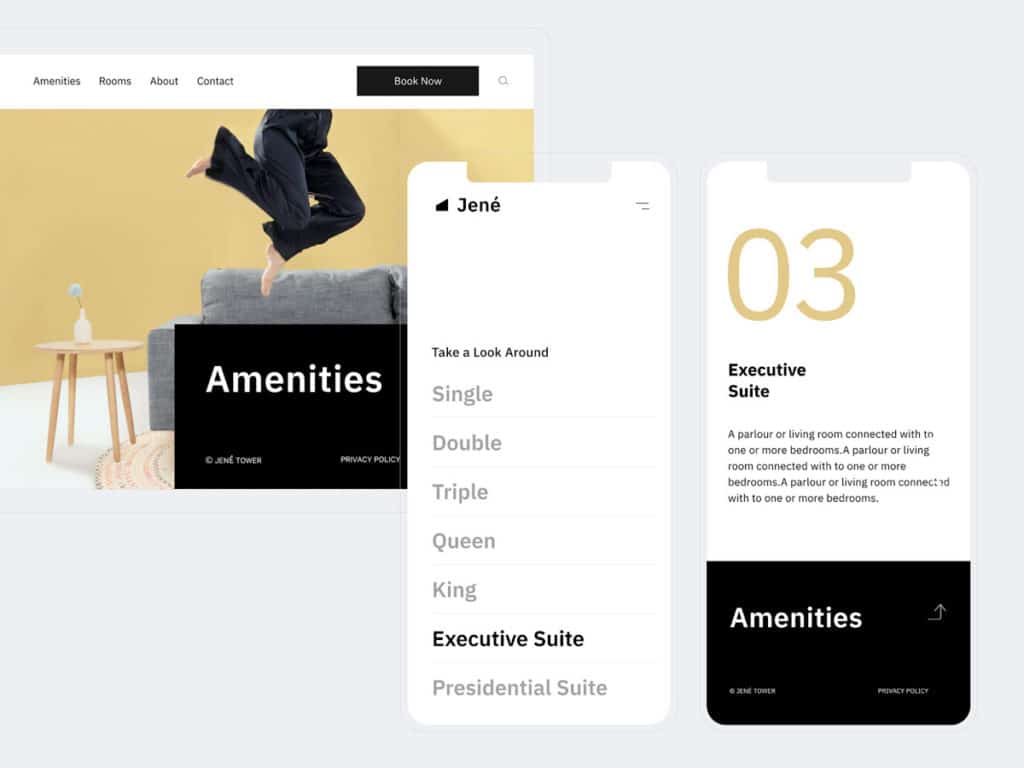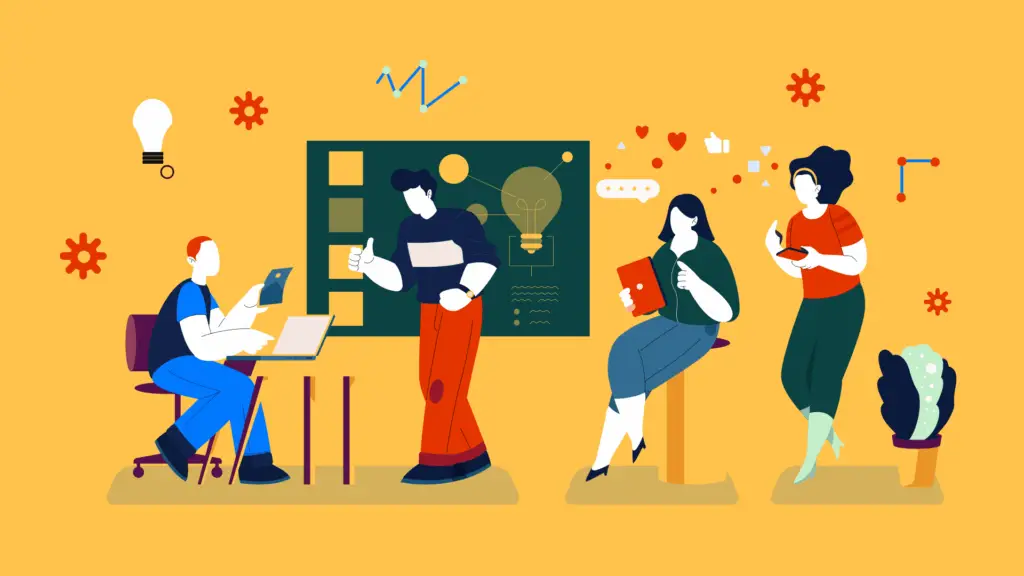Since there’s a lot at stake within a limited space, your flyers have to strike the balance between their aesthetics and their content. Learn how to create an effective flyer design with our tried-and-tested flyer design tips:
1. Research Your Audience
Knowing your target audience dictates every other step in the flyer design process. Are you appealing to millennial women who believe in social causes and have money to spend? Do you want to reach out to the local Latinx community that values cultural pride? Answering such questions of demographics and psychographics gives your design process the focus it needs to draw the attention of the right people.
Another essential aspect of some of the most effective flyer design processes is determining what you want your audience to take from seeing your flyer. Do you want them to visit your store for a sale? Are you running a giveaway promotion and want them to follow your social media accounts? Establishing a call-to-action helps inform how you want to deliver that message.
2. Facts First

The research you’ve done should serve as the foundation for your flyer design, so it’s only apt that you lay down the facts first.
- Answer relevant questions — Your flyer should answer the most relevant questions that people would have when they read it. What is it promoting? If it’s an event, where and when is it taking place? How do they enter your contest? How can they contact you?
- Keep it brief — You don’t have a lot of space to work with and people’s attention spans are extremely limited for flyers, so it’s best to go straight to the point with your text.
3. Balance the Use of Space
When thinking of how to design an effective flyer, always remember its size. The average promotional flyer is about the size of a letter document (8.5 x 11 in), but the half-sheet flyer (5.5 x 8 in) is also pretty common. Either format can still feel restrictive for designs, so it’s important to get the right balance of having an eye-catching look and presenting information clearly.

- Follow a layout grid — By using a layout grid, you can divide the space on your flyer in such a way that each design element gets as much space it needs. Similar to the example above, there are dedicated sections to text and images that complement one another and communicate a good deal of information clearly and in an organized manner.
4. Highlight with Typography
While it can be easy to draw attention with a striking image, getting your audience to engage with your flyer’s text is more difficult. You have to experiment with the presentation of your text so that it stands out and sticks in your audience’s minds.

- Be bold — You can make powerful statements with just a word or a phrase when you choose a stylistically bold typeface, play with font sizes, and contrast certain elements like text and pictures. Consider formatting options like italicizing and underlining text as well as graphic options like gradients and drop shadows for emphasis.
5. Accentuate with Color
What can truly bring your flyer design to life is color. What colors you choose will contribute tremendously to the message you want to send. Ensure your chosen color palette matches your branding and helps express what your flyer is communicating.

- Apply color psychology — Learning the principles of color psychology can help you better convey your message. Bright colors like red and yellow bring energy. Earthy shades like brown and green remind people of nature and calmness. Keep such associations in mind when deciding on your palette.
- Use color sparingly — Limit the number of colors to two or three for consistency and contrast. If you go overboard, your flyer might feel like an eyesore.
6. Think Digital
For the last of our effective flyer design tips, keep in mind that your flyers don’t have to be confined to physical copies. Reach an even wider audience for no extra cost when you come up with a design with digital distribution in mind. Share it as an image across your social media accounts and/or send it as a PDF through your digital mailing list.

Look to apps for inspiration. There are core design principles that transcend media formats, and since you are already sending out your flyers digitally, it’s natural to echo the design sensibilities of apps like distinct iconography and clean, readable layouts.
Considering the times we live in where people are growing more accustomed to doing business or having social gatherings virtually, ignoring online channels would be remiss.
Final Flyer Considerations
Before you go forward with a full order, run a test print first, as the design might not translate well on actual paper. It’s also an opportunity to proofread and catch any typos or grammatical errors. Bookmark our guide on how to design effective flyers so you can keep coming back to this whenever you need it.
Simplify your flyer campaign plans with the help of our top designers. Reach out to your Design Force team today.



